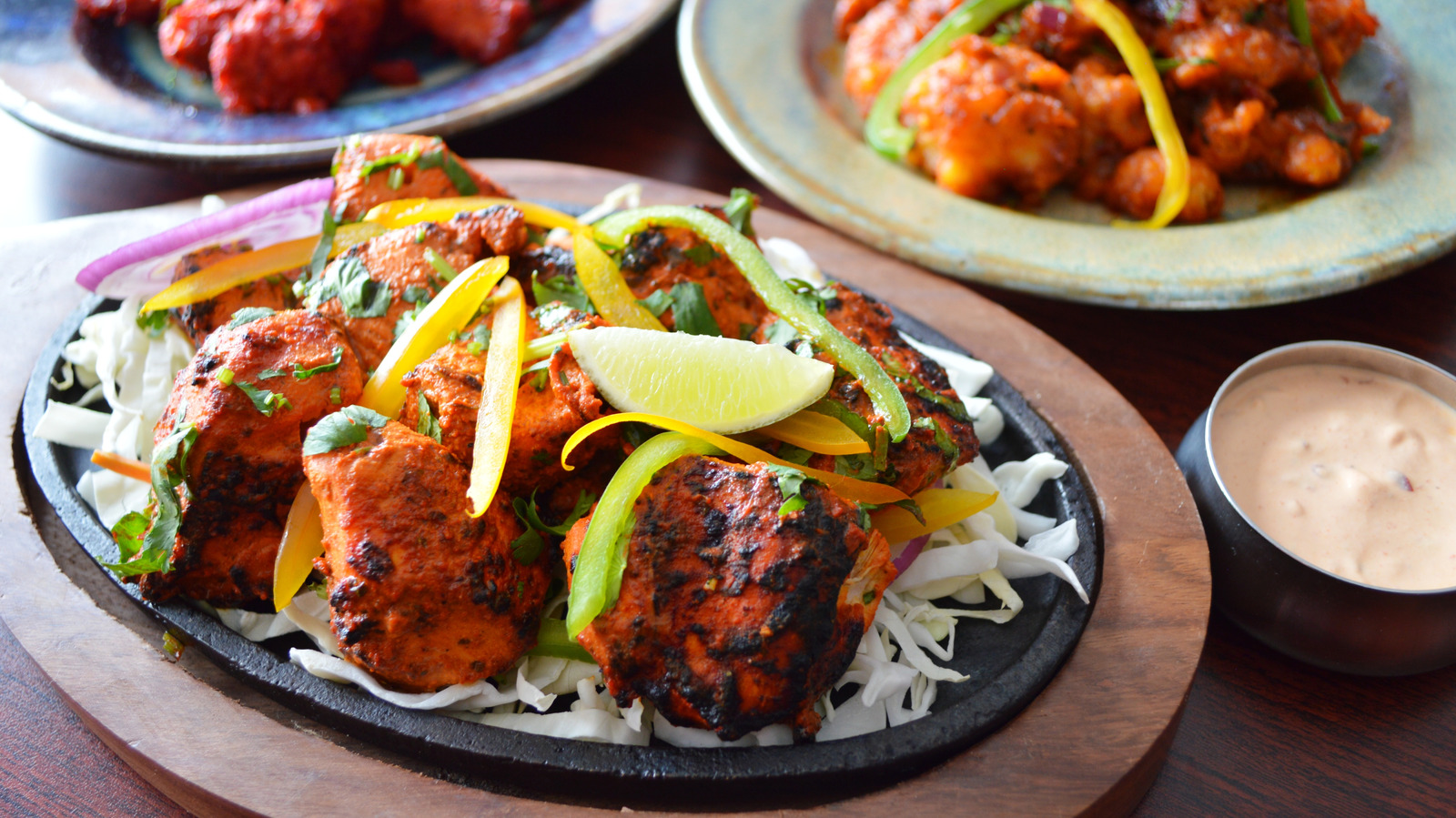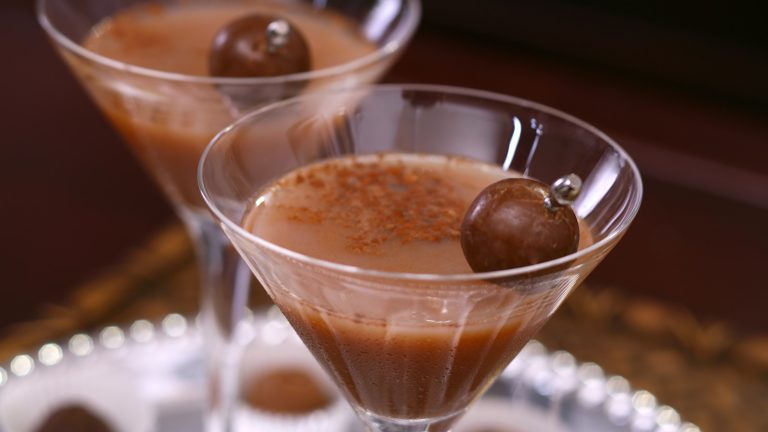Two of the most iconic dishes found at Indian restaurants are chicken tikka and chicken tandoori, present in just about every menu alongside traditional fare like samosas and curries. Although they are similar enough that some people think they are one and the same, there are some significant differences between them. One of the main reasons for the confusion is that both dishes are cooked in a tandoor, a unique clay oven which has been used for centuries, dating as far back as 5,000 years. They are seasoned with a similar blend of spices, boast an attractive dark red color, and use yogurt as a key ingredient in the marinade, but that is where the similarities between them end.
There are some very obvious differences between the two chicken dishes including preparation, presentation, cooking time, and when and how they are served. More subtle differences include their history, origin, and list of spices used in each. Here we share details on these differences so you can expertly distinguish between the two on your next visit to your favorite curry house.
What is chicken tandoori?
Chicken tandoori is an Indian dish whose history dates back to 3,000 BCE in Harappa, Punjab. For this preparation, known in India as tandoori murgh, the chicken is cut into halves or pieces, mostly breasts, leg quarters, and wings, and is left on the bone. Of course there are different variations of the classic chicken tandoori recipe, but all involve a marinade made from a thick, strained yogurt known as hung curd, seasoned with a ginger-garlic paste, Kashmiri red chili powder, garam masala, black pepper, ground cumin, coriander, and turmeric.
The chicken is scored with a sharp knife to let the marinade penetrate deeply into the meat, then allowed to rest for at least six hours and up to two days. The chicken pieces go into a hot tandoor oven, which is traditionally fueled with wood or coals. As the juice drips from the chicken, the oils create a smoke that imparts flavors to the bird.
To make tandoori chicken at home, you can do it in on the grill to replicate the smoky aroma, in the oven, or in the broiler for best results. There are other important tips to follow to make restaurant quality tandoor-style chicken at home, like using Greek yogurt in place of the hung curd and making sure you cook your tandoori chicken at high heat. Serve it with cucumber raita, lemon wedges, and a fresh salad of tomatoes and sliced red onions.
What is chicken tikka?
Chicken tikka involves succulent chicken marinated in yogurt and a blend of Indian spices, cooked in the traditional clay oven. The main difference from chicken tandoori is that it is made from skinless, boneless chunks of chicken, most often breast, threaded on long metal skewers — after all, the word tikka means chunks or pieces. That’s why there are many other dishes known as tikka, depending on what they are made from such as lamb tikka or tikka paneer. This is not to be confused with chicken tikka masala, which is a thick and creamy tomato-based curry. Sometimes you might see chicken tikka listed as tandoor chicken tikka or chicken tikka kebab.
To make chicken tikka, the ingredients required are similar to chicken tandoori with a few additions. Aside from Greek yogurt, ginger-garlic paste, Kashmiri red chili powder, garam masala, black pepper, and ground cumin, the marinade for chicken tikka includes fresh lemon juice, chaat masala, and dried fenugreek leaves which are known as kasuri methi. Let the chicken absorb the flavors for at least eight hours and up to two days before skewering and cooking. Since you most likely don’t have a tandoor at home, you can use a grill, air fryer, oven, or broiler, which is the preferred method for this similar tandoori-style boneless chicken thigh recipe.
Chicken tikka is usually served as an appetizer, accompanied by raita and mint or cilantro chutney for dipping, but you can serve it with a side salad or as a filling for a naan sandwich.







